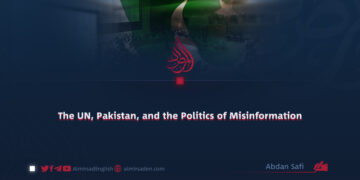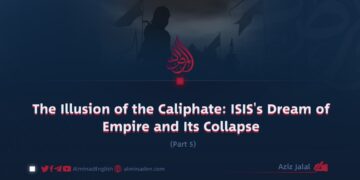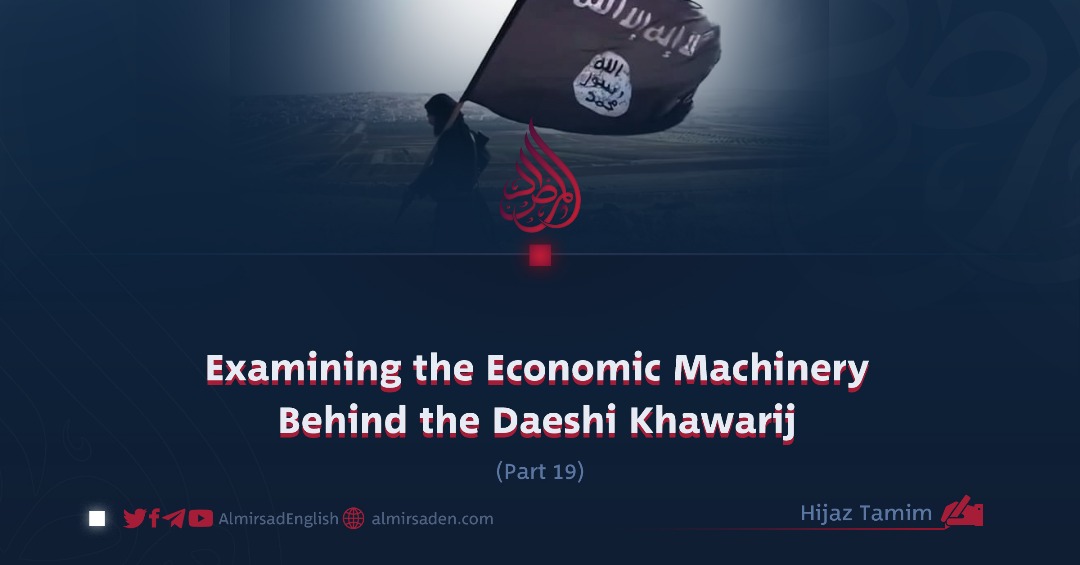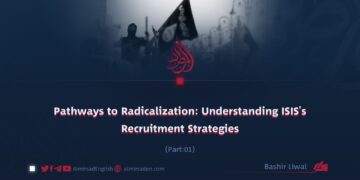Part 19
By Hijaz Tamim
The Impact of Ransoms on ISIS’s Funding Strategy
Among ISIS’s many financial tactics, ransom payments have stood out as one of its most reliable and lucrative sources of income. This practice is deeply woven into the group’s economic structure, serving not only to keep its military operations alive but also to advance its political ambitions and propaganda machinery.
For ISIS, kidnapping has never been a random act of terror; it is a deliberate, calculated enterprise designed to generate steady revenue. Through the abduction of foreign nationals, particularly Europeans, and the demand for exorbitant sums in exchange for their release, the group has accumulated millions of dollars. These funds have helped prolong conflicts, purchase arms and equipment, and extend ISIS’s military and ideological reach across multiple regions.
Documented evidence shows that ISIS carefully selects its targets to maximize political and media impact. Foreign journalists, humanitarian workers, doctors, and representatives of international organizations have frequently been singled out. Their captivity provokes strong emotional and political reactions in their home countries, often compelling governments to negotiate or pay ransoms. Analysts note that by focusing on high-profile individuals, ISIS ensures not only greater financial returns but also political leverage over states that value their citizens’ lives and global image.
At various points, ransom payments have generated tens of millions of dollars each year, placing this method on par with oil smuggling, antiquities trafficking, and illicit trade in grain. Between 2013 and 2015, the ransoms paid for European hostages formed a significant portion of ISIS’s annual budget. The proceeds were not limited to buying weapons; they were used to pay fighters’ salaries, reward field commanders, and strengthen the group’s logistical and administrative infrastructure.
Research indicates that the impact of ransom money went far beyond the battlefield. ISIS used part of these funds to finance its governing apparatus and enforce control over the territories it occupied. Another portion was channeled into its propaganda network, the production of high-quality videos, online campaigns, and the global dissemination of extremist material. This media operation was vital to the group’s survival, fueling recruitment, spreading fear, and projecting an image of unstoppable strength.
From a security perspective, ransom payments offered ISIS two clear advantages. First, they provided a rapid and relatively secure flow of cash to sustain operations. Second, each kidnapping became a political trap for Western governments, which were forced to choose between saving a life and refusing to fund terrorism. The resulting dilemmas often sparked political crises, media storms, and shifts in foreign policy.
Over time, this practice evolved into a self-perpetuating “profit cycle.” Each successful ransom deal strengthened ISIS financially and emboldened it to conduct more kidnappings. Recognizing this danger, the United States and the United Kingdom have maintained strict “no-ransom” policies. However, some European governments, either openly or through discreet channels, have continued to pay for their citizens’ release, unintentionally sustaining ISIS’s financial lifeline.
Ultimately, ransom payments serve purposes far beyond immediate profit. They are a strategic weapon that fuels ISIS’s war machine, expands its influence, and sows discord within Western political systems. Disrupting this financial stream is therefore critical to undermining the group’s economic foundation. Yet doing so requires more than statements of intent; it demands unified, long-term coordination among governments, intelligence agencies, and international organizations committed to denying terrorists the means to thrive.



















































